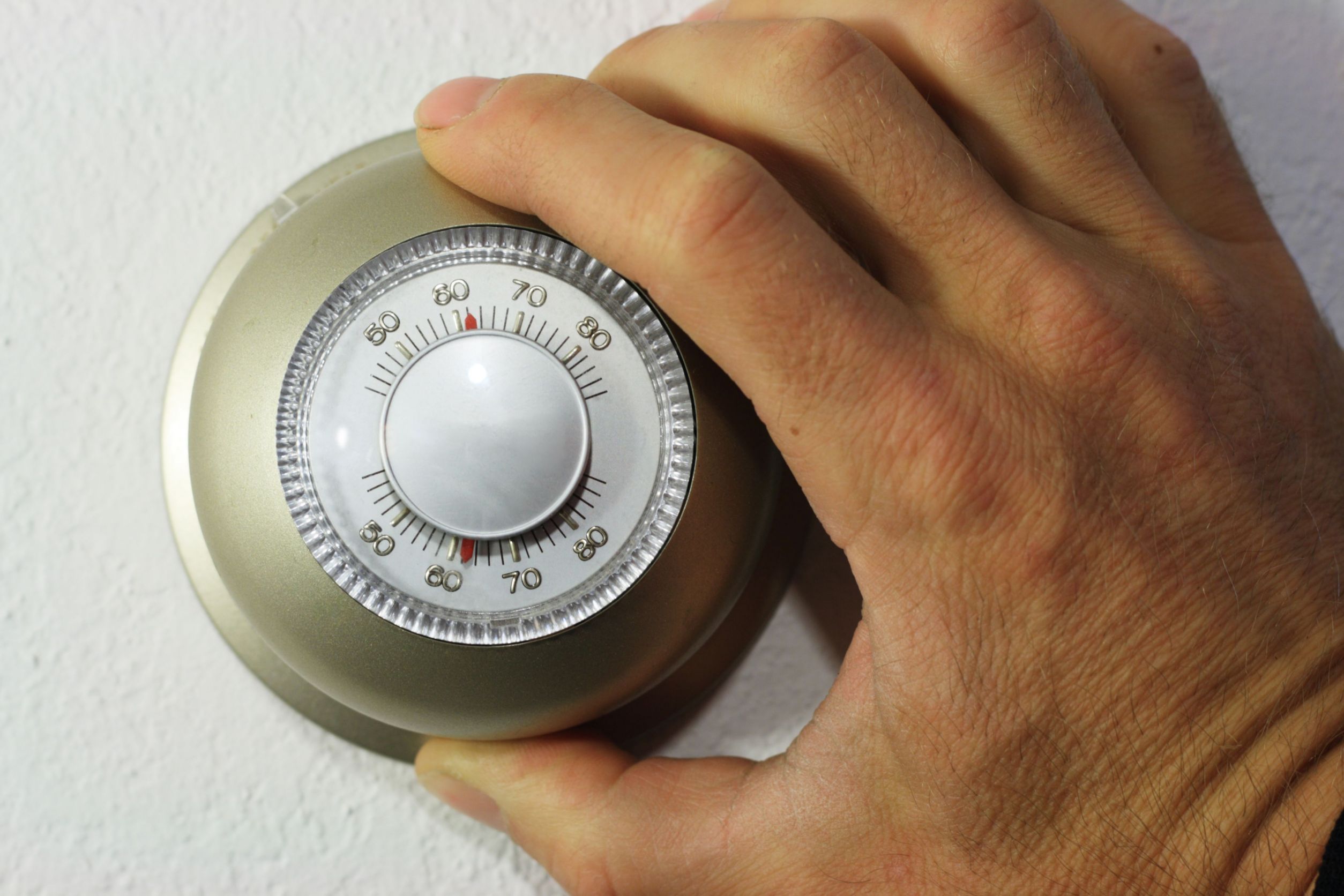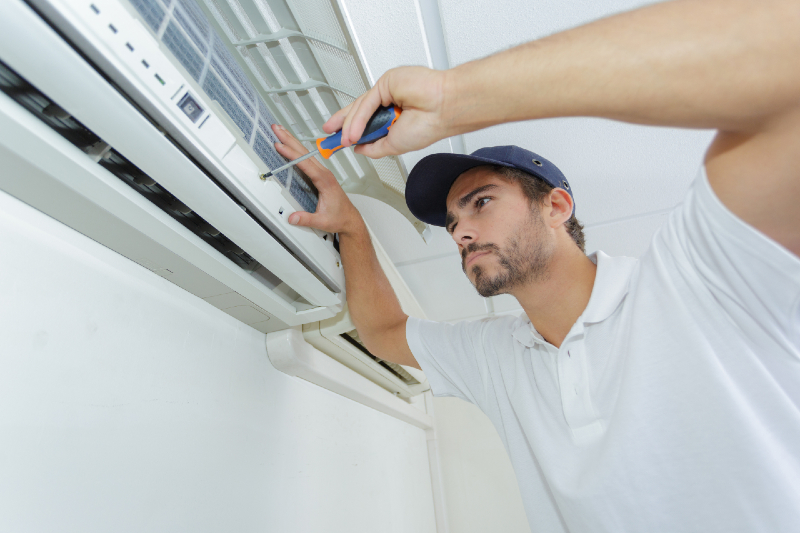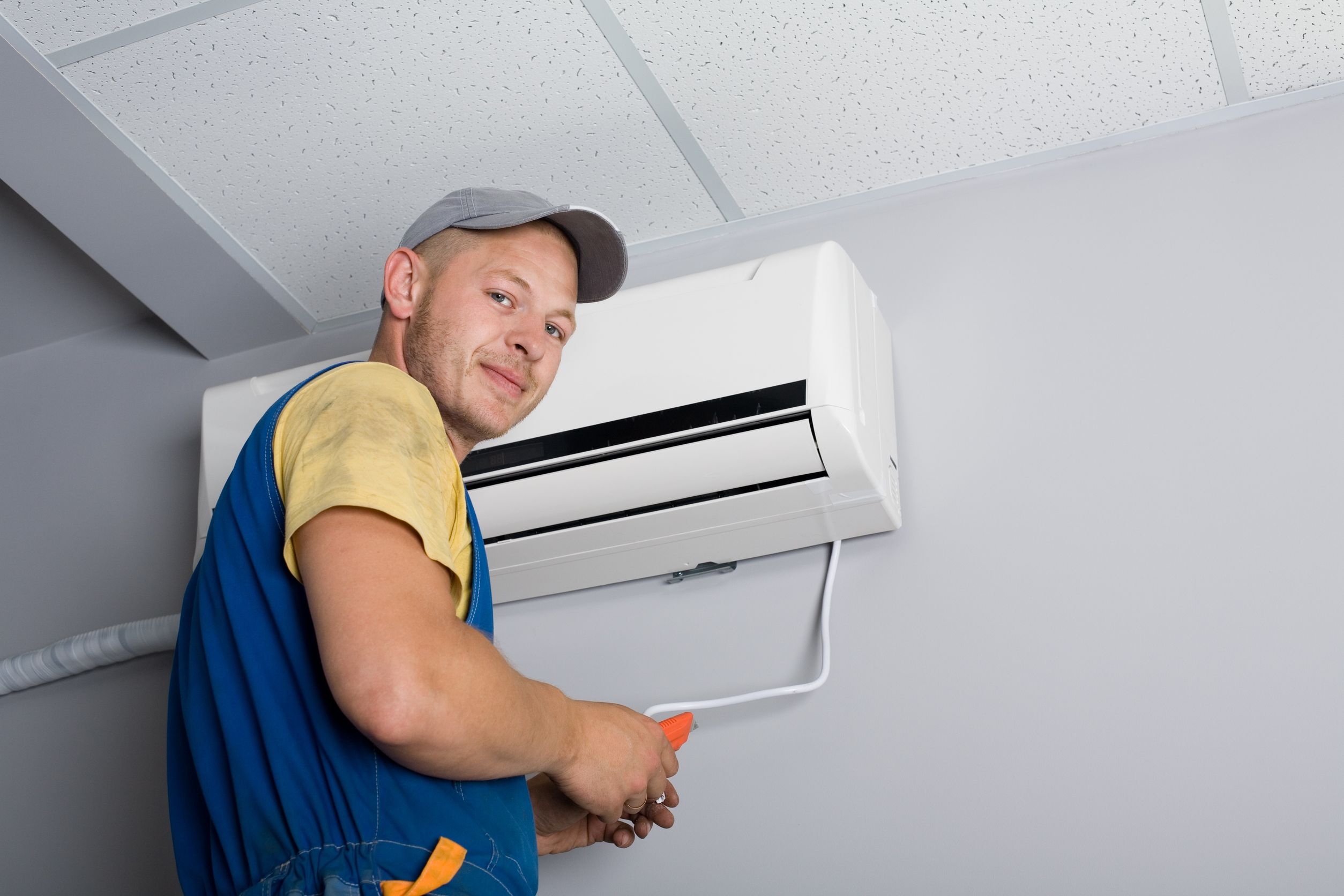Heating systems are crucial for comfort in homes, especially during the colder months. However, a malfunctioning component like a cracked heat exchanger can pose significant risks. Understanding the implications of this issue is vital for maintaining a safe environment in your home. Here’s what you need to know about the dangers and steps to address a cracked heat exchanger.
What is a Heat Exchanger?
The heat exchanger in a furnace is a critical component designed to transfer heat from combustion gases to the air blown through your home’s ductwork. Typically made from metal, it expands and contracts as it heats and cools, which over time can lead to wear and tear or even cracks.
The Risks of a Cracked Heat Exchanger
How to Detect a Cracked Heat Exchanger
- Visual Inspection::
- Some cracks might be visible to the naked eye, especially larger fractures. However, many cracks are not easily detectable without professional equipment.
- Soot Formation::
- Unusual soot accumulation inside the furnace is a telltale sign of combustion problems possibly linked to a cracked heat exchanger.
- Strange Smells::
- An acrid smell similar to formaldehyde may be noticeable when the furnace is running, indicating incomplete combustion potentially due to a crack.
- Carbon Monoxide Detector::
- A CO detector can alert you to the presence of carbon monoxide in your home, which could suggest a leak stemming from a cracked heat exchanger.
Preventive Measures and Solutions
Taking proactive steps can help mitigate the risks associated with a cracked heat exchanger:
- Regular Maintenance::
- Have your heating system inspected and serviced by a professional annually before the start of the heating season to ensure all components are in good condition.
- Install Carbon Monoxide Detectors::
- Place CO detectors near sleeping areas and on each level of your home to ensure timely detection of carbon monoxide.
- Prompt Repairs::
- If a cracked heat exchanger is detected, it’s crucial to address the issue immediately. Depending on the severity, this might mean repairing the crack or replacing the heat exchanger altogether.
A cracked heat exchanger can pose serious hazards, from carbon monoxide poisoning to reduced air quality and increased energy costs. Recognizing the signs and ensuring regular maintenance can help keep your home safe and your heating system operating efficiently. Always consult with a qualified technician to handle any issues related to your heat exchanger to ensure the safety and comfort of your household.


